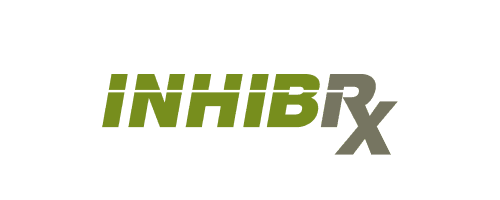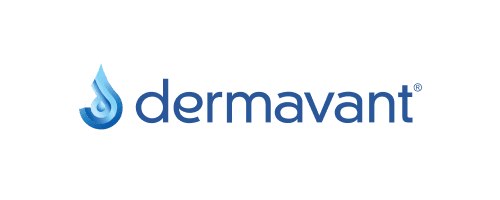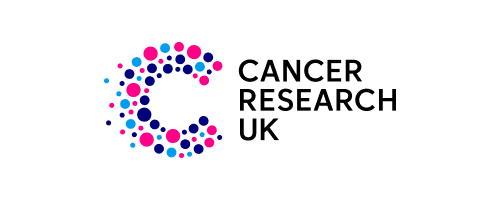Improve Safety Outputs, Oversight, and Data Quality with In-house Pharmacovigilance Solution
Real-time data visibility
Direct safety oversight with KPIs and metrics
Increased quality of case data and safety outputs
An emerging biotech company is revolutionizing biomedical research using its advanced CRISPR/Cas9 gene editing technology. The company works closely with patients, families, healthcare professionals, regulatory agencies, and other groups dedicated to improving the lives of people with serious diseases.
For many emerging and midsize biotech companies, deciding whether or not to outsource safety operations — and which activities to bring in-house and when — is challenging. Not all companies have a fully staffed safety team, and outsource to contract research organizations (CROs) to manage their safety systems and perform pharmacovigilance (PV) activities. Without real-time data access, sponsor PV teams may need to wait for information from CROs or make decisions with limited data if there are short timelines.
With one approved drug on the market in three countries and several more in the pipeline, the biotech company aimed to gain real-time data visibility and control over its PV outputs by bringing in-house a modern safety application. Implementing Veeva Safety and Veeva SafetyDocs in 2022, the PV team has direct access to its safety data and greater control to improve data quality and safety outputs. The team can also make faster and more informed decisions with real-time visibility of all their data.
The company’s senior director for global pharmacovigilance and risk management explains what drew their team to the platform: “Veeva Safety beats a lot of the competition by a long shot. It’s intuitive and easy to use, and having first-hand access to our safety data is irreplaceable.”
“The ongoing support around quality and real-time visibility also set Veeva apart from the other safety databases,” adds a senior manager.
“When Veeva showed us a system with the ability to create custom reports and dashboards to help address those decision-making processes, it was really attractive.” – Senior manager at emerging biotech company
Making the move to an in-house safety solution
Sponsors that fully outsource their safety system and PV operations struggle with fragmented data and content across internal and external teams, impacting operational efficiency. The biotech company’s senior medical director for global safety and risk management explains that fragmented data impacted safety processes: “A lot of our information was disjointed. Our safety database wasn’t in-house, our source documents were in different locations, and our vendor used different teams to handle processing and review.”
Often, organizations wait until later stages of clinical trials to bring safety operations in-house, but the biotech decided to implement an in-house system relatively early. “The longer we wait, the more complicated and costly the migration is going to be, as you have more cases,” explains the biotech’s executive director and head of global pharmacovigilance risk management.
Improving data quality and controlling safety outputs
High staff turnover at CRO partners can make it challenging to efficiently maintain data quality and produce high quality safety outputs like listings and reports. “We would train people, but our studies are complex and the medical review is very challenging. We had to redo a lot of cases after they came to us for review,” explains the executive director.
Without direct data access, the biotech’s safety team relied on the CRO to create reports and pull needed data such as the number of pending cases. “Requesting a customized report would take so long that we just made do with what we had. Whereas with Veeva, we can work directly with managed services to create the report that we need, quickly,” says the company’s senior manager.
Data quality and output, in addition to real-time data visibility, were important drivers for bringing safety operations in-house. The biotech adopted a hybrid operating model and partnered with a CRO for specific outsourcing activities related to case management. With this hybrid model, the CRO works within the biotech’s safety system, allowing them to maintain oversight and control quality while more efficiently utilizing internal and CRO resources.
With the new in-house safety system and hybrid operating model, the PV team can manage the end-to-end safety process — catching and resolving errors earlier, rather than after processing.
“Requesting a customized report would take so long that we just made do with what we had. Whereas with Veeva, we can work directly with Managed Services to create the report that we need, quickly.” – Senior manager at emerging biotech company
Informed decisions, reduced risk
Timely information is essential for PV teams to make crucial decisions. Often, the biotech’s PV team would receive case information on day 10 of a 15-day timeline, shortening medical review times — particularly if a second review was needed. “This timeline meant we didn’t have the information when we needed it,” comments the senior medical director.
An in-house safety system allows the team to make more informed and timely decisions, such as whether to continue a trial, increase risk mitigation strategies, or amend protocols. The company’s senior director explains: “We now have the ability to understand and pick up signals before regulators do, so we can have that conversation and figure out the best way to move forward and minimize potential risks.”
“We now have the ability to understand and pick up signals before regulators do, so we can have that conversation and figure out the best way to move forward and minimize potential risks.” – Senior director of global pharmacovigilance and risk management at emerging biotech company
Gaining efficiency with on-demand access
By providing a single trusted source of safety information, Veeva Safety can efficiently support PV processes across all studies. Instead of working in the CRO’s safety database and the company’s internal SharePoint, the biotech now has one safety system across all internal and external teams. The company’s senior manager notes, “You can create templates, develop compliance oversight reports, and track everything in one place.”
The PV team is seeing significant efficiency gains with real-time access to safety information and shorter quality control (QC) workflows. Medical review is simplified as the PV team has access to all prior case versions, and fewer follow-ups expedite timelines. The executive director said, “We’re not relying on an outside vendor to generate those [reports]. It saves costs for us, because every time that you request something, there’s a cost associated with that.”
Connected systems and stakeholders
The biotech is further enhancing its processes with Veeva Safety, including optimizing dashboards and reports, automating reporting rules, and exploring connections with other Vaults. Veeva’s three releases per year will enable the team to stay compliant with new regulations and leverage the latest innovations. The senior manager explains, “With other vendors, there’s one major release where you’re applying multiple configurations, which can be hard to test and implement. With Veeva, you have configurations that are set in small doses.”
The biotech also uses Veeva Quality and Veeva RIM applications, and plans to implement Veeva Connections to streamline cross-functional processes between safety, quality, and regulatory functions. The company’s existing relationship with Veeva is part of what initially attracted the team to Veeva Safety: “Expanding that relationship was really helpful. We could see the potential for making connections across the Vaults,” explains the senior manager.
A key learning from the company’s implementation is to involve all teams from the outset. “Very early on, we realized that PV is really the coordinator between all stakeholders; the validation team, the analysis team, and business decision-makers all need to be involved in the conversation,” the senior manager said.
The executive director offers advice for other emerging biotechs considering bringing safety in-house: “This is definitely doable with a small team. If you set clear expectations and timelines with your IT team and do it earlier rather than later, a small team can bring a safety system in-house.”
Learn how Veeva Safety helps emerging and mid-size biotechs work more effectively.



